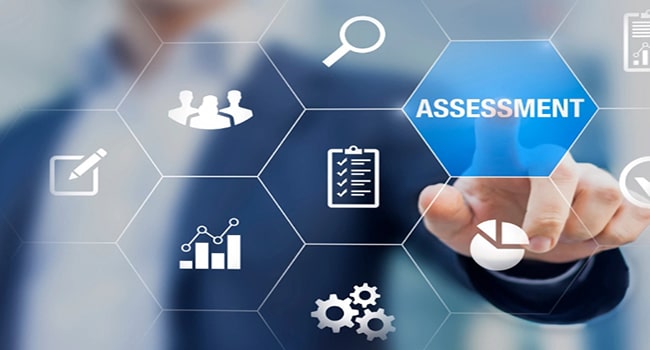Software as a Service (SaaS) ERP, also known as Cloud ERP, has revolutionized the way businesses manage their operations by offering a flexible, scalable, and cost-effective alternative to traditional on-premises ERP systems. With SaaS ERP, organizations can access enterprise-grade software applications over the internet, eliminating the need for complex installations, hardware investments, and maintenance hassles. In this article, we’ll explore the key features, benefits, considerations, and the future outlook of SaaS ERP solutions.

What is SaaS ERP?
SaaS ERP is a cloud-based Enterprise Resource Planning (ERP) solution that provides organizations with access to a comprehensive suite of business applications, including finance, human resources, supply chain management, and more, via a subscription model. Instead of installing the software on local servers, users can access the ERP system through web browsers or mobile apps, enabling anytime, anywhere access to critical business data and functions.
Key Features of SaaS ERP
Accessibility and Convenience
- Anytime, Anywhere Access: Access the ERP system from any device with an internet connection, enabling remote work and collaboration.
- Cross-Platform Compatibility: Support for various operating systems and devices, including desktops, laptops, tablets, and smartphones.
Scalability and Flexibility
- Elastic Infrastructure: Easily scale resources up or down based on business needs, allowing organizations to adapt to growth or fluctuations in demand seamlessly.
- Modular Architecture: Choose and customize specific modules or functionalities to align with your business requirements without investing in unnecessary features.
Security and Compliance
- Data Encryption: Secure sensitive business data with advanced encryption technologies to protect against unauthorized access and cyber threats.
- Compliance Management: Ensure compliance with industry regulations and data protection standards, with built-in features for auditing and reporting.
Cost-Efficiency
- Subscription-Based Pricing: Pay for what you use with flexible subscription plans, reducing upfront costs and providing predictable monthly expenses.
- Reduced IT Overhead: Eliminate the need for hardware investments, maintenance, and IT staff, leading to significant cost savings over time.
Benefits of SaaS ERP
Rapid Deployment
SaaS ERP solutions can be deployed quickly, often within days or weeks, compared to traditional ERP systems, which may take months or even years to implement. This accelerated deployment allows organizations to realize ROI faster and respond quickly to changing business needs.
Lower Total Cost of Ownership (TCO)
With SaaS ERP, organizations can avoid hefty upfront costs associated with hardware purchases, software licenses, and implementation services. Additionally, ongoing maintenance and support are typically included in the subscription fee, further reducing TCO.
Continuous Updates and Improvements
SaaS ERP vendors regularly update their software with new features, security patches, and performance enhancements, ensuring that organizations always have access to the latest technology without the hassle of manual upgrades.
Improved Collaboration and Productivity
SaaS ERP facilitates seamless collaboration among employees, departments, and external stakeholders through integrated communication tools, real-time data sharing, and collaborative workflows, leading to improved productivity and decision-making.
Considerations Before Adopting SaaS ERP
Data Security and Privacy
While SaaS ERP vendors implement robust security measures to protect data, organizations must ensure that their data is stored and managed in compliance with regulatory requirements and industry standards.
Customization and Integration
Evaluate the level of customization and integration capabilities offered by the SaaS ERP solution to ensure that it can meet your specific business requirements and seamlessly integrate with existing systems and third-party applications.
Vendor Reputation and Support
Choose a reputable SaaS ERP vendor with a track record of successful implementations, excellent customer support, and a strong commitment to data security and compliance.
Exit Strategy
Consider the terms and conditions related to data migration, contract termination, and continuity planning to ensure a smooth transition in case you decide to switch vendors or move to an on-premises solution in the future.
Conclusion
SaaS ERP offers a compelling alternative to traditional on-premises ERP systems by providing organizations with a flexible, scalable, and cost-effective solution to manage their operations effectively. With its accessibility, scalability, security, and affordability, SaaS ERP is becoming increasingly popular among businesses of all sizes and industries.
However, it’s essential to carefully evaluate your requirements, consider the vendor’s reputation, and plan for data security and integration to maximize the benefits of SaaS ERP and ensure a successful implementation. As the digital transformation continues to reshape the business landscape, SaaS ERP is poised to play a pivotal role in driving innovation, efficiency, and growth for organizations worldwide.